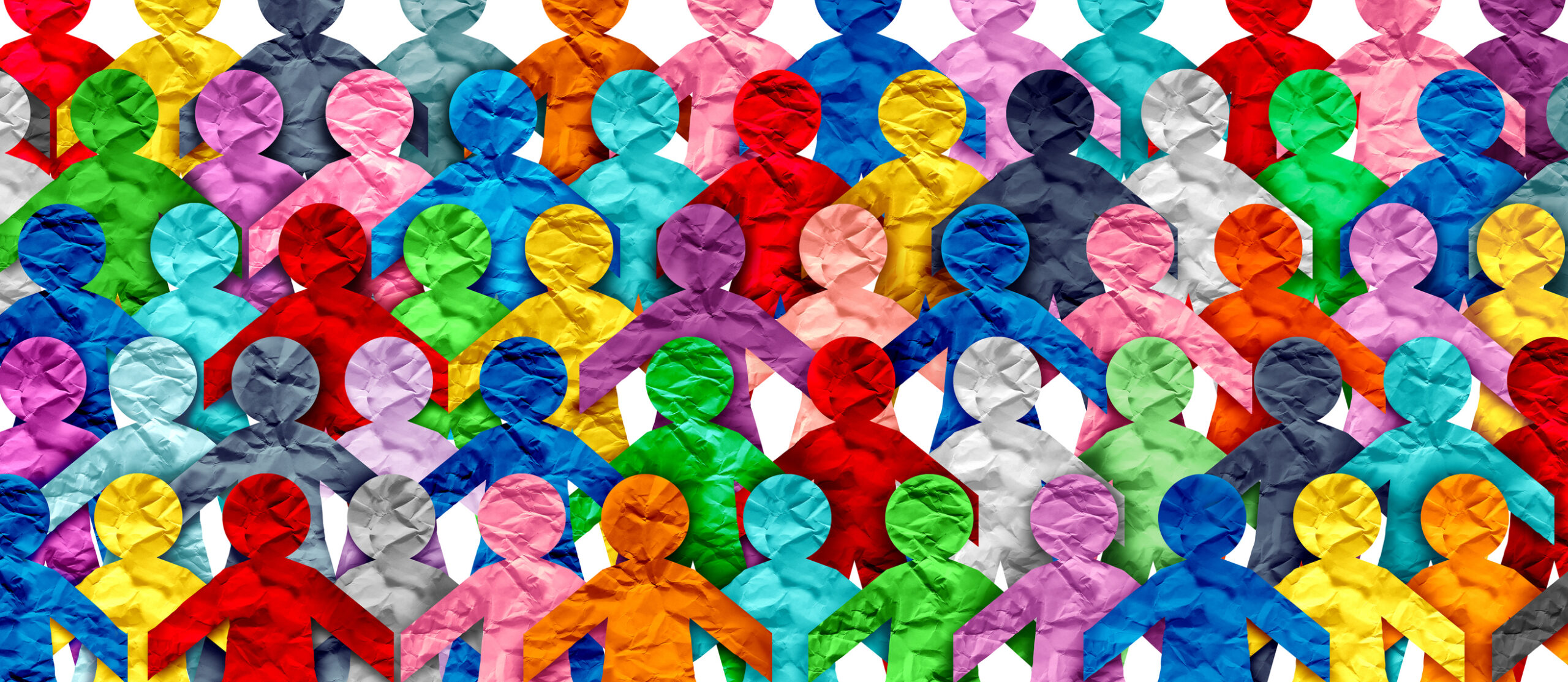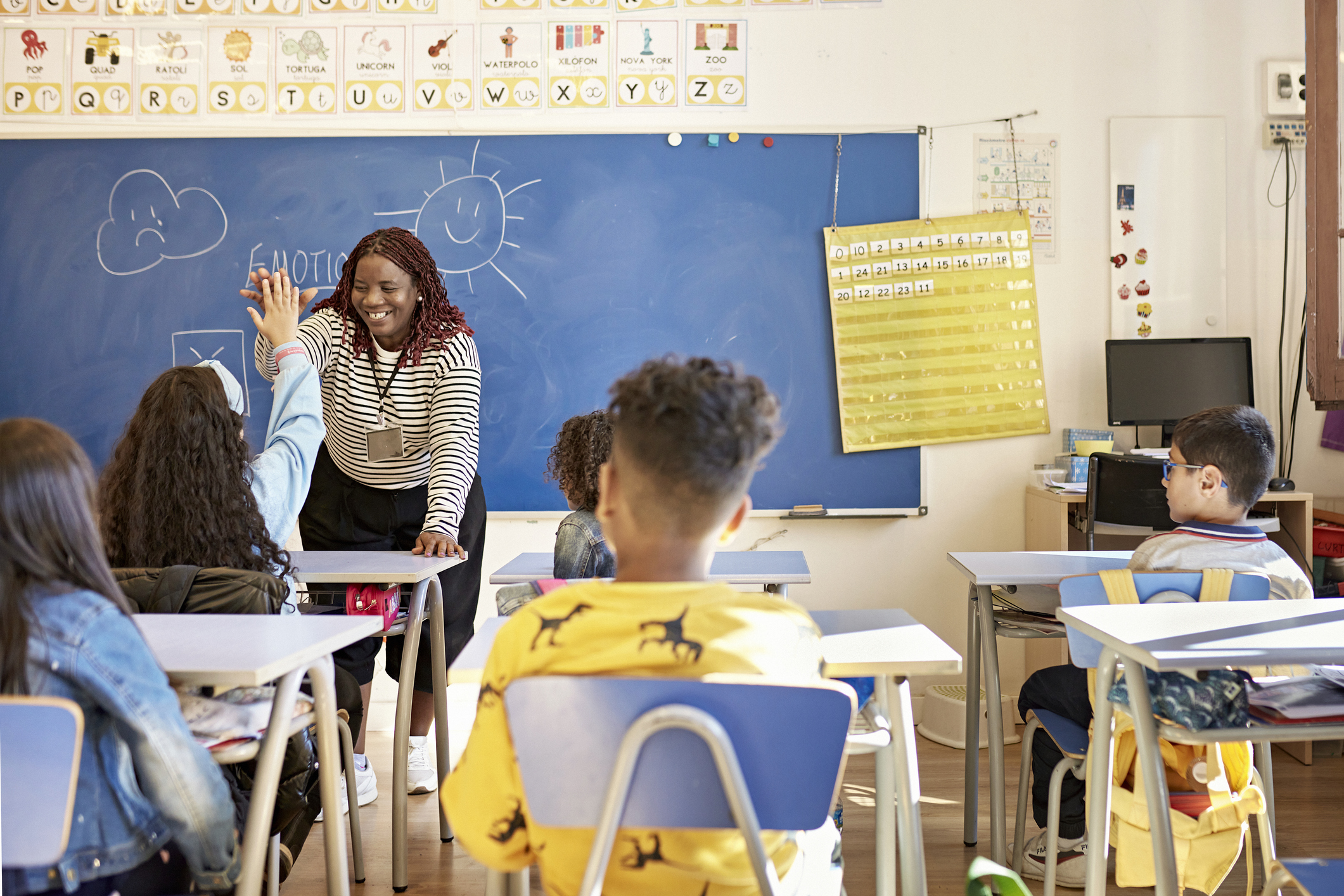
Sociology is the scientific study of human society, social relationships, and social institutions. It explores how individuals and groups interact with each other, how societies are organized, and how social structures and processes shape our lives. The goal of this discipline is to understand how social structures and processes affect human behavior and social outcomes, and to use this knowledge to promote social justice and improve society. It is an interdisciplinary field that draws on theories and methods from other social sciences, such as psychology, economics, and political science, as well as humanities disciplines such as philosophy and history.
Generally, sociology is most associated with secondary or post-secondary social studies, including college courses, but the themes can be taught in various educational classrooms as early as elementary school. Integrating themes of sociology can help students understand the complex social structures and processes that shape our lives, including how our personal experiences are influenced by larger social and cultural forces. Studying sociology involves critical thinking skills such as analyzing data, interpreting statistics, and evaluating sources, which are largely integrated into state and national social studies standards. Studying how humans interact and society as a whole can contribute to a better understanding of social problems and inequalities, and inform policies that promote social change, justice, and tolerance and reduce prejudice between students. Keep reading for ways to integrate the themes at every K-12 level.
Key Themes
Sociology is the study of human social behavior, relationships, and institutions. Here are some key terms for educators to keep in mind when thinking about integrating sociology themes into every grade level:
- Culture: The shared beliefs, values, customs, behaviors, and artifacts that characterize a group or society.
- Socialization: The process by which individuals learn and internalize the norms, values, and behaviors of their culture.
- Social inequality: Differences in social status, power, and access to resources that result in unequal opportunities and outcomes for individuals and groups.
- Social structure: The patterns of social relationships and institutions that organize society, such as family, education, religion, and government.
- Social stratification: The ranking of individuals and groups in a society according to their access to social and economic resources.
- Deviance: Behavior that violates social norms or expectations, often leading to negative sanctions or punishments.
- Social change: The process by which societies and cultures evolve and transform over time, often as a result of technological, economic, or political developments.
- Gender: The socially constructed roles, behaviors, and expectations associated with being male or female.
- Race and ethnicity: Categories used to classify groups of people based on physical characteristics or cultural heritage, which can affect social status and opportunities.
- Social institutions: Formal organizations and patterns of behavior that are designed to meet the basic needs of society, such as family, government, and the economy.

Elementary (K-5)
In elementary school social studies, sociology can be incorporated in a variety of ways to help young students understand basic social concepts and develop an appreciation for diversity. Students are at the early stage in their development learning key ways to socialize and accept differences among each other. Early learners can be exposed to the following themes in their elementary classrooms:
- Understanding families: Sociology can help students understand the different types of families that exist in society, such as single-parent families, blended families, and same-sex parent families. This can help students appreciate the diversity of family structures and the importance of acceptance and inclusion.
- Community and diversity: Social studies can help students explore their local communities and the diversity of the people who live there. This can include learning about different cultures, languages, and religions, as well as understanding how these differences contribute to a vibrant community.
- Cooperation and conflict: Sociology can help students understand the importance of cooperation and conflict resolution in social relationships. This can include learning about teamwork and collaboration, as well as understanding how to resolve conflicts in a peaceful and respectful way.
- Identity and diversity: Social studies can help students understand their own identity and how it relates to others. This can include learning about different forms of diversity such as race, ethnicity, gender, and religion, as well as the importance of respecting and valuing differences.
- Community service: Social studies can provide opportunities for students to engage in community service projects and learn about the importance of social responsibility and civic engagement. This can help students develop empathy, compassion, and a sense of social responsibility.
In the elementary classroom, sociology can be incorporated in a variety of ways to help young students develop an appreciation for diversity and social relationships, and for students to learn how to navigate social situations in a respectful and responsible way. Teachers can foster these ideas with hands-on and social activities as early as Kindergarten.
Middle School (6-8)
Middle school is the beginning of secondary curriculum and an introduction to higher-level learning for students. Teaching sociology in middle school can be a great way to introduce students to basic sociological concepts and prepare them for more advanced studies in high school and beyond. Here are some ways to incorporate sociology into middle school social studies:
- Socialization: Middle school students are at a critical stage in their development, and sociology can help them understand how socialization shapes their beliefs, values, and behaviors. This can include learning about peer pressure, social norms, and the impact of media on young people.
- Culture and diversity: Middle school students can learn about different cultures and the ways in which they shape our worldviews and social interactions. This can include exploring the beliefs, values, and practices of different cultures, as well as learning about the challenges of living in a multicultural society.
- Social structures: Sociology can help middle school students understand the social structures that shape our lives, such as families, schools, and communities. This can include learning about the roles and responsibilities of different social institutions, as well as how they interact with one another.
- Inequality and social justice: Middle school students can learn about the ways in which inequality and social injustice impact individuals and communities. This can include exploring topics such as poverty, discrimination, and human rights, as well as learning about the importance of activism and social change.
Teaching sociology in middle school can help students recognize deeper meaning in the world around them and start to think about a variety of social issues. It can also provide opportunities for students to explore their own identities and become engaged and responsible members of their communities. Themes can be combined with any history, world studies, or geography curriculum in the middle school classroom.

High School (9-12)
Teaching sociology in upper-level secondary curriculum can provide students with further deepening of their understanding of social structures, relationships, and processes, and help them develop critical thinking skills to address social issues and inequalities. High school remains a critical part of a student’s intellectual development before they go onto college or career, and these themes can be integral to help be better informed, social citizens in an ever changing world.
Here are some ways to incorporate sociology into high school social studies:
- Social theory: High school students can learn about the major social theories in sociology, such as functionalism, conflict theory, and symbolic interactionism. This can provide a foundation for understanding how society works and the role that individuals play within it.
- Social institutions: Sociology can help high school students understand the various social institutions that make up our society, such as education, government, and religion. This can include learning about the roles and functions of these institutions, as well as how they shape our beliefs, values, and behaviors.
- Inequality and social stratification: High school students can learn about the ways in which inequality and social stratification impact individuals and groups. This can include exploring topics such as class, race, gender, and sexuality, as well as learning about the challenges of living in a diverse and complex society.
- Globalization and social change: Sociology can help high school students understand the ways in which globalization and social change are transforming our world. This can include learning about the economic, political, and cultural dimensions of globalization, as well as exploring the impacts of technological advancements and environmental challenges.
Overall, teaching sociology in high school can provide students with a critical perspective on the social world, and equip them with the tools to analyze social phenomena and engage in social action. It can also prepare students for further studies in sociology, as well as a variety of other social science and humanities disciplines.
Active Classroom has hundreds of sociology-based activities to build critical thinking skills
Try a free 30-day trial today
Monet Hendricks is the blog editor and social media/meme connoisseur for Social Studies School Service. Passionate about the field of education, she earned her BA from the University of Southern California before deciding to go back to get her Master’s degree in Educational Psychology. She attended the graduate program at Azusa Pacific University pursuing her post-grad Educational Specialist degree in School Psychology and Applied Behavior Analysis and currently works as a School Psychologist in Los Angeles, CA. Her favorite activities include traveling, watching documentaries on mental health, and cooking adventurous vegetarian recipes with her husband.
